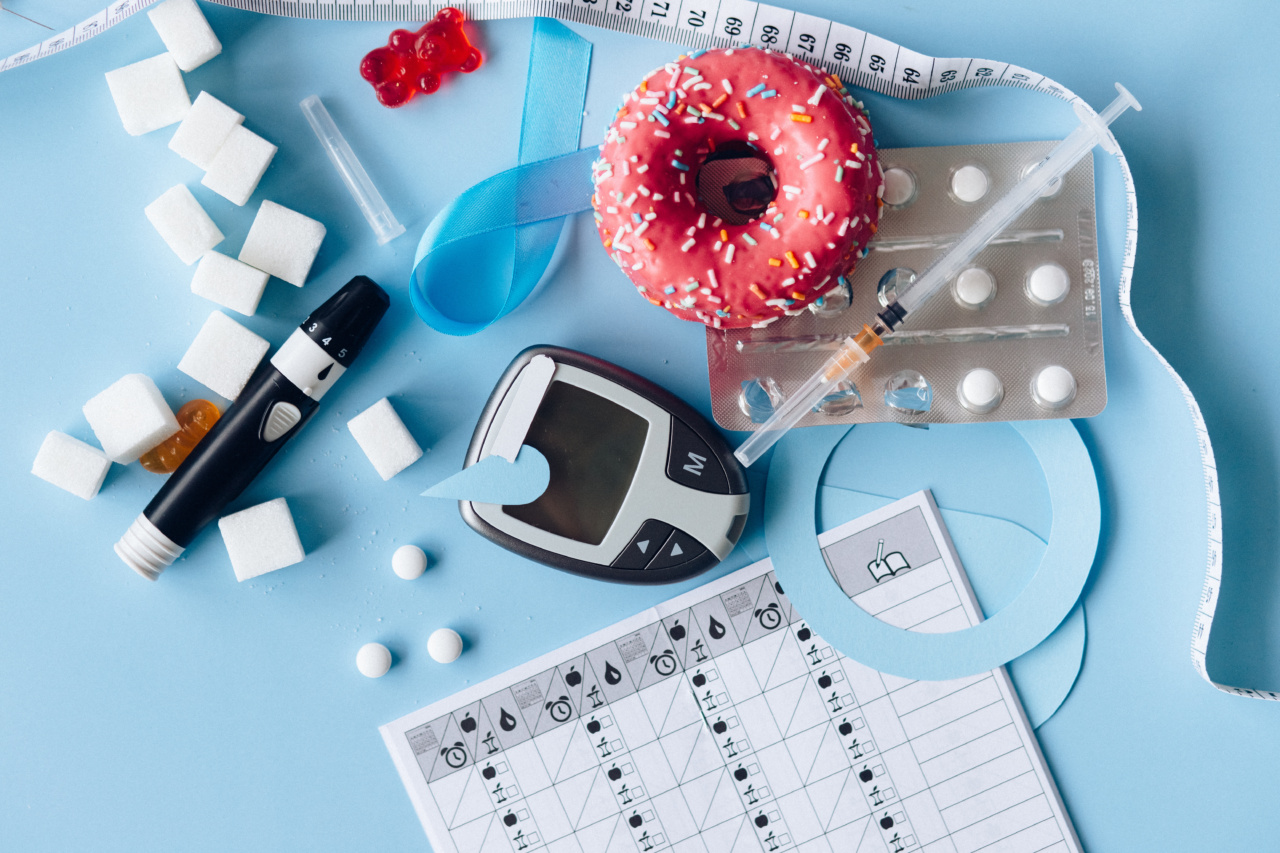Living with diabetes requires constant management and careful consideration of various factors, such as blood sugar levels, diet, and insulin administration.
Insulin is a hormone that helps regulate blood sugar levels in diabetics, and it is essential for their daily well-being. However, ensuring the safety and effectiveness of insulin is crucial for diabetics. In this article, we will explore some essential tips and guidelines to keep insulin safe and maintain its potency for optimal diabetes management.
Understanding Insulin Storage
Proper insulin storage is vital for preserving its effectiveness and preventing any potential harm. Here are a few key points to keep in mind:.
1. Temperature Control
Insulin is highly sensitive to temperature fluctuations. It is important to store insulin in a cool and stable environment. Extreme temperatures can affect the insulin’s potency.
Therefore, it should not be exposed to direct heat sources or freezing temperatures. A temperature range of 36°F to 46°F (2°C to 8°C) is generally recommended for insulin storage.
2. Avoiding Sunlight
Direct exposure to sunlight can also impact insulin’s efficacy. Keeping insulin away from direct sunlight or heat sources is crucial. It is advisable to store insulin in a dark place like a drawer or a cabinet.
3. Correct Insulin Containers
Using the right containers for insulin storage is essential. Insulin vials or insulin pens should be used for their respective insulin types. These containers are designed specifically to protect insulin from external factors that can alter its potency.
4. Storing Insulin in Refrigerator
Refrigeration is the most common way to store insulin, especially for longer-term storage. However, it is important to note that not all insulin types require refrigeration.
Consult the insulin manufacturer’s instructions or your healthcare provider to determine whether your specific insulin type needs refrigeration or can be stored at room temperature. Insulin that has been refrigerated should be allowed to reach room temperature before administration. This can be achieved by taking it out of the refrigerator and letting it sit for approximately 30 minutes.
5. Insulin Expiration Dates
Always check the expiration date on the insulin vial or pen before using it. Expired insulin should never be used, as its potency may be compromised, and it may not effectively regulate blood sugar levels.
Transporting Insulin
Diabetics who are away from home need to carry and transport insulin safely. Here are some tips for transporting insulin:.
1. Use Insulated Bags
Insulated bags are designed to maintain a constant temperature for medications, including insulin. Carry insulin in an insulated bag specifically designed for this purpose.
These bags are readily available at pharmacies or online and help to protect insulin from temperature changes while on the move.
2. Cold Packs for Insulin
In hot weather conditions, consider using cold packs to keep insulin cool during transport. These packs can be placed alongside the insulin in the insulated bag and help maintain a stable temperature.
3. Avoid Extreme Temperature Exposure
Avoid leaving insulin inside parked cars or any other areas where it may be exposed to extreme temperatures. Cars can quickly become sweltering hot or freezing cold, and these temperature extremes can damage insulin.
Insulin Storage During Travel
Traveling with insulin requires additional considerations. Whether you are traveling locally or internationally, keep the following points in mind:.
1. Pack Extra Insulin
Always bring more insulin than you think you will need. Unforeseen delays or emergencies may require extra doses of insulin. Be prepared by packing extra insulin supplies, including vials, pens, or cartridges.
2. Carry a Prescription
When traveling with insulin, carry a copy of your prescription or a note from your healthcare provider. This can be helpful in case of any inquiries or concerns from authorities while going through airport security or customs.
3. Research Local Regulations
If you are traveling to a different country, research their regulations regarding insulin transportation and usage. Familiarize yourself with any specific requirements or restrictions to ensure a smooth and hassle-free journey.
Emergency Preparedness
During emergencies or natural disasters, it is crucial to have a plan in place to ensure the safety and availability of insulin. Consider the following:.
1. Create a Kit
Prepare an emergency kit that includes insulin, syringes, glucose monitoring devices, and any other necessary diabetes supplies. Keep this kit easily accessible and ensure all items are within their expiration dates.
2. Insulin Storage Alternatives
If electricity is disrupted during an emergency, you may lose access to refrigeration. Prepare alternative storage options such as coolers, ice packs, or other methods recommended by your healthcare provider to keep insulin at the proper temperature.
3. Communicate with Healthcare Provider
If you anticipate an emergency situation or are planning to be in an area prone to natural disasters, consult with your healthcare provider. They can provide guidance on emergency preparedness specific to your needs and situation.
Conclusion
Keeping insulin safe is of utmost importance for diabetics. By following proper storage, transportation, and emergency preparedness guidelines, individuals with diabetes can ensure the effectiveness and availability of their insulin.
Always consult with your healthcare provider for specific recommendations and guidance tailored to your unique needs. With proper insulin management, diabetics can continue to live fulfilling lives while effectively managing their diabetes.






























